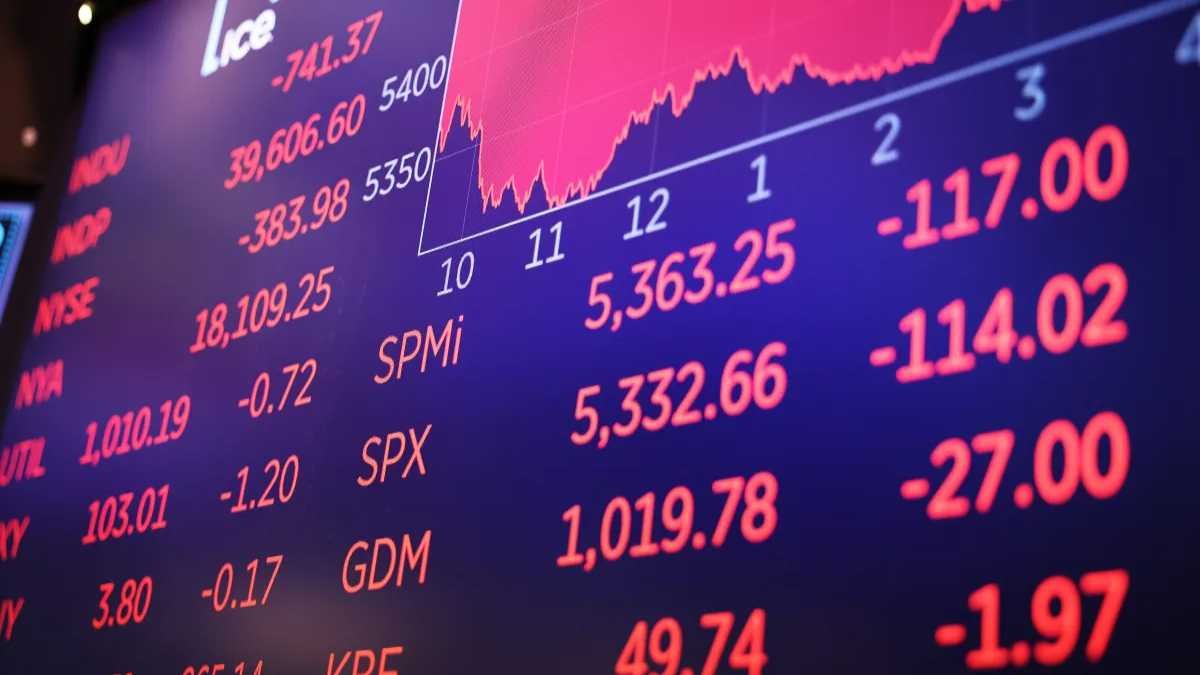The Grey Market Premium (GMP) is a crucial term in the stock market, particularly in the context of Initial Public Offerings (IPOs). It refers to the price at which an IPO’s shares trade in the unofficial market before their official listing on a stock exchange. GMP serves as an indicator of market sentiment and investor interest in an IPO. Understanding GMP can help investors gauge potential listing gains and make informed investment decisions.
This article delves deep into the concept of Grey Market Premium, its workings, significance, influencing factors, risks, and impact on IPO investments.
What is Grey Market Premium (GMP)?
The Grey Market Premium (GMP) is the difference between the IPO issue price and the price at which its shares trade in the unofficial grey market. It reflects the expected demand and listing performance of an IPO. A high GMP indicates strong investor demand, while a negative GMP suggests weak interest.
How Does the Grey Market Work?
The grey market operates outside the official stock exchanges, with transactions conducted informally through trusted brokers and dealers. Investors willing to take risks buy or sell IPO shares before they get officially listed. This pre-listing trading provides a speculative outlook on the IPO’s expected performance.
Key Features of the Grey Market:
- Unofficial Nature – Grey market transactions are not regulated by SEBI or any exchange.
- Speculative Trading – GMP is based on market speculation and investor sentiment.
- High-Risk Transactions – Since grey market deals are unregulated, they involve significant risk.
- Early Indication of IPO Performance – GMP can provide insights into how an IPO may perform post-listing.
How is GMP Calculated?
The Grey Market Premium is determined by the demand and supply of IPO shares in the unofficial market. The formula for calculating GMP-based listing price prediction is:
Expected Listing Price = Issue Price + GMP
For example:
- If an IPO has an issue price of ₹500 and a GMP of ₹100, the expected listing price would be ₹600.
- Conversely, if the GMP is negative (say, -₹50), the expected listing price might be ₹450.
Factors Influencing Grey Market Premium
Several factors impact the GMP of an IPO, including:
- Market Sentiment – A bullish stock market usually results in a higher GMP, while a bearish market can dampen GMP.
- Company Fundamentals – Strong financials, growth potential, and industry positioning boost GMP.
- Subscription Demand – Higher subscription in retail and institutional categories increases GMP.
- Peer Performance – If recently listed IPOs perform well, the GMP of upcoming IPOs tends to be higher.
- Grey Market Liquidity – The availability of buyers and sellers in the grey market affects GMP fluctuations.
- Regulatory and Economic Conditions – Changes in SEBI guidelines, monetary policies, and economic trends influence GMP.
How to Track GMP?
GMP is not officially published by stock exchanges but is available through:
- IPO research websites
- Market forums and discussion groups
- Reports from grey market dealers
Investors should verify GMP data from multiple sources to ensure reliability.
Risks Associated with GMP
While GMP can provide valuable insights, it comes with significant risks:
- Speculative Nature – GMP is not an official indicator and can be highly volatile.
- Unregulated Market – Transactions in the grey market are not backed by regulatory authorities like SEBI.
- No Guarantee of Listing Gains – A high GMP does not always translate into high listing gains.
- Market Manipulation – Some operators artificially inflate GMP to create hype around an IPO.
- Liquidity Issues – Grey market trades are based on trust and may involve counterparty risks.
Impact of GMP on IPO Investments
GMP can influence IPO investments in the following ways:
- Investor Decision-Making – A high GMP attracts more investors looking for listing gains.
- HNI and Retail Participation – Higher GMP often leads to oversubscription in HNI and retail categories.
- Volatility on Listing Day – IPOs with a high GMP tend to witness sharp price movements on listing day.
- Long-Term vs. Short-Term Strategy – Investors must differentiate between short-term listing gains and long-term value investing.
Grey Market and Kostak Rate
In addition to GMP, the Kostak Rate is another important term used in the grey market. It refers to the premium at which IPO applications (rather than shares) are sold before allotment. Investors who do not want to take listing risks sell their IPO applications at the Kostak rate to grey market dealers.
Example:
- If the Kostak rate is ₹1,500, it means an investor can sell their IPO application at a profit of ₹1,500 per lot, irrespective of the final allotment outcome.
Should Investors Rely on GMP?
While GMP provides an early indication of market sentiment, it should not be the sole factor in investment decisions. Investors must consider:
- Company Fundamentals – Analyze the financial health, business model, and growth prospects of the IPO company.
- Market Conditions – Understand broader economic and market trends.
- Risk Appetite – Assess personal risk tolerance before making grey market transactions.
- Official Guidance – Refer to SEBI regulations and expert analysis for a well-rounded investment strategy.
The Grey Market Premium (GMP) is an essential yet unofficial metric that helps investors gauge market expectations for IPOs. While it can provide insights into potential listing gains, it carries inherent risks due to its speculative and unregulated nature. Investors should use GMP as one of many indicators, alongside company fundamentals and market analysis, to make informed investment decisions.
Understanding GMP, its influencing factors, and associated risks can help investors navigate the IPO market more effectively, balancing the pursuit of profits with prudent investment strategies.



